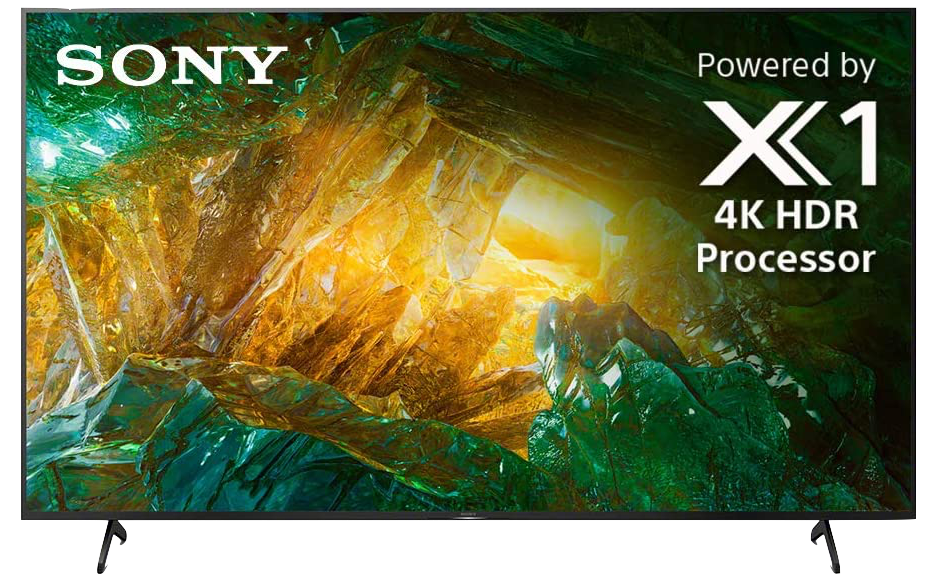
Sony today announced pricing and availability for its new 2020 LED and OLED televisions, which it announced at CES in January to support AirPlay 2. Select Sony TVs will also be getting the Apple TV app at some point in 2020, but Sony has yet to confirm a date for that launch.

There are multiple new TVs available to order from Sony, all of which support Apple's HomeKit platform and AirPlay 2. With these integrations, streaming content from your iPhone or iPad to a Sony TV will be possible, and select integrations with Siri will be supported thanks to HomeKit.
While most of the new Sony TVs are up for pre-order, some are available now. This includes the 86-inch X950H 4K HDR LED TV for $4,498.00 at Amazon and Best Buy. This set has HDR, Dolby Vision, and IMAX Enhanced modes, and there's also a 49-inch model priced at $998.00 at Amazon and Best Buy.
Additionally, there's the X800H 4K HDR LED TV, which supports 4K content, Dolby Vision, and MotionFlow XR for less blur in fast scenes. In terms of smart TV features, users can control the TV with their voice by connecting to HomeKit and Siri, as well as Alexa and Google Assistant. There are numerous models of this TV that can be purchased today.
- 43-Inch at Amazon / Best Buy - $598.00
- 49-Inch at Amazon / Best Buy - $648.00
- 55-Inch at Amazon / Best Buy - $748.00
- 65-Inch at Amazon / Best Buy - $898.00
- 75-Inch at Amazon / Best Buy - $1,398.00
- 85-Inch at Amazon / Best Buy - $2,298.00
Note: MacRumors is an affiliate partner with these vendors. When you click a link and make a purchase, we may receive a small payment, which helps us keep the site running.
Article Link: Sony's 2020 LED and OLED TV Lineup Rolling Out With HomeKit and AirPlay 2 Support
As an Amazon Associate, MacRumors earns a commission from qualifying purchases made through links in this post.

